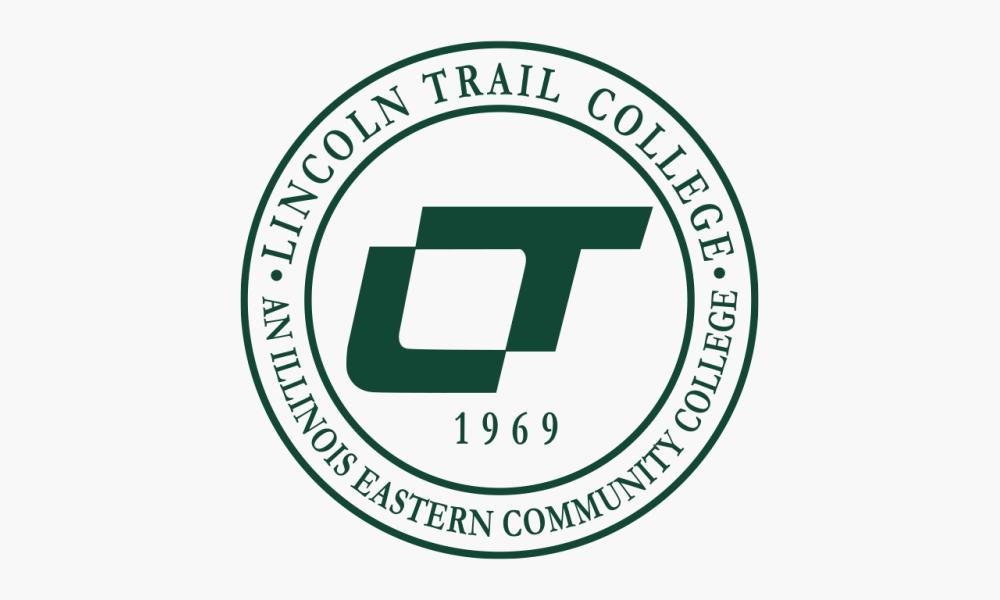
Lincoln Trail College took 17 students in the Process Technology program to the Exelon Nuclear Power Plant in Clinton, Ill. to give the students an opportunity to see another aspect of where their careers could take them in the future.
Instructor Keith Nash says the class had talked about the power industry and how it takes raw materials and turns them into a finished product, which is the basis of the process technology industry. They discussed how coal-fired plants use coal and water to make steam to make power. They also looked at how nuclear plants use a radioactive fuel like plutonium or uranium to turn water into steam to get power.
Nash says the students were interested in seeing a nuclear power plant because they wanted to see the technology involved. Before going to the Clinton facility, the students studied the accidents that happened at the nuclear plants in Fukushima and Chernobyl and debated whether nuclear fission plants are a safe alternative to fossil fuels.
“I wanted the students to see the safety and security precautions and see how the plant works,” says Nash. “It’s not magic and it’s not alien technology. The students learned that although most US nuclear plants are pressurized water reactors, Clinton is a boiling water reactor like Fukushima.”
The students learned about how the radioactive fuel is in pellets inside metal tubes in the reactor. Control rods, which absorb the radiation, sit between each pair of tubes. When the rods are moved in front of the tubes, there is a fission chain reaction and heat is created. Water circulates through the reaction to cool it. The water is heated to make steam and the steam turns a turbogenerator that makes high voltage electricity, which is transported through power lines to users.
Nash says the students learned about changes that have been made since Fukushima. They also learned about the safety and security of the plant. Before the students visited, they had to undergo background checks. Students also saw armed guards throughout the facility. Students saw the variety of scanners used in the plant like palm print identification, explosive sniffers, metal detectors, drug sniffers, and radiation detectors.
“All of us were very impressed with the size, power, technology, safety, and security of the plant,” says Nash.
Nash says the trip provided students a chance to talk about the future of energy in the United States. He says the students know there’s a growing demand for power in the country, but at the same time, new power plants are not being built. Nash says the students also used the opportunity to study other new ways of harnessing energy like hydrogen fusion reactors.


